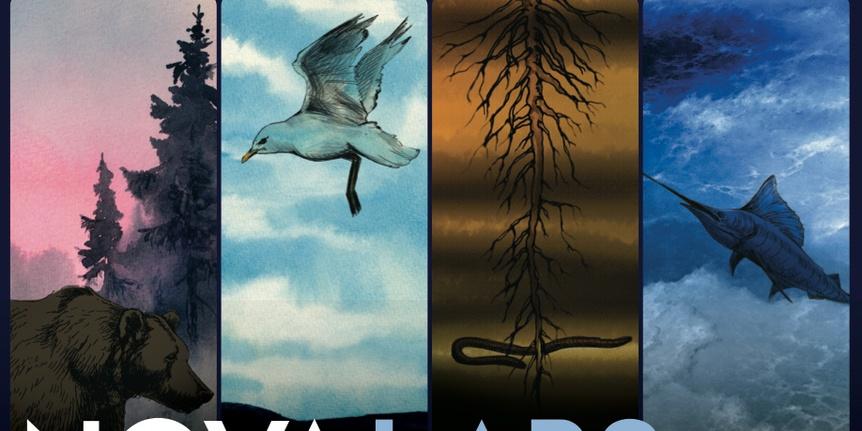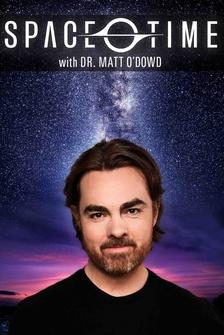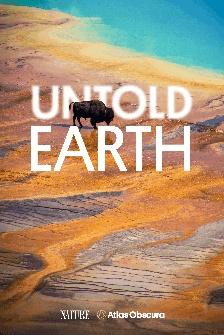- Remember the hole in the ozone layer?
- [Narrator] A piece of the sky has vanished.
- Why don't we hear about it anymore?
(bright subtle music) In the 1980s, scientists discovered that part of the crucial protective ozone layer in the Earth's atmosphere was extremely thin, threatening to bring on a global crisis, from destroying plants and ecosystems, to sky-high skin cancer rates.
They also discovered why the hole was forming, and why it was in the Antarctic when no one really lives there.
But today, the ozone layer appears to be healing.
How?
The ozone layer is about nine to 18 miles up.
A part of the stratosphere that filters out some harmful UV radiation from the sun, UVC and most of UVB.
Without it, the sun's rays would absolutely scorch life on Earth, especially damaging DNA.
Ozone is a gas made up of three atoms of oxygen.
Ozone at ground level where we can breathe it in is a harmful pollutant admitted by cars, refineries, and chemical plants, and can trigger health problems, but in the stratosphere, ozone occurs naturally and is good for life on Earth.
In 1974, researchers started to realize that chemicals called chlorofluorocarbons or CFCs, which were found all over, from refrigerators, to aerosol cans to air conditioners, could deplete ozone in the stratosphere, but what came next shocked the world.
Scientists had been measuring levels of ozone in the Antarctic atmosphere for decades.
In 1982, one researcher thought his instrument was broken when he measured dramatic drops in ozone levels, but by 1985, scientists realized that ozone levels in Antarctica had been dropping consistently every spring since the 1970s.
The area of thinning ozone, known as the Ozone Hole, was massive, but why did the hole form over Antarctica?
A team of scientists traveled to the continent in the winter of 1986, enduring brutal temperatures and almost 24/7 darkness to study the Ozone Hole as it formed seasonally over Antarctica.
They gathered data that eventually established CFCs as the major cause of ozone depletion.
But why was the hole forming so far from where most CFCs were being used?
They discovered that it was the unique meteorological and chemical conditions in Antarctica that make ozone destruction especially efficient there.
It's so cold in the stratosphere during Antarctic winters that a specific kind of cloud forms, polar stratospheric clouds, that sets up the chemical reactions that destroy ozone.
Ozone depletion happens elsewhere too, but not as much.
An international agreement called the Montreal Protocol led to the global phasing out of CFCs, and it was effective.
The Ozone Hole has been shrinking since 2006, but CFCs can persist in the atmosphere for a long time, and human-caused and natural events like volcanoes, wildfires, even rocket launches, have damaged the ozone layer, slowing progress.
Still, some research suggests that without the agreement in place, global temps could have risen by an additional degree Celsius, or 1.8 degrees Fahrenheit.
Today, the ozone layer is healing, and expected to return to a healthy level this century.














